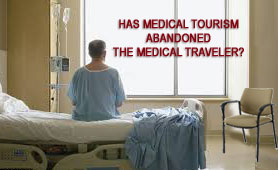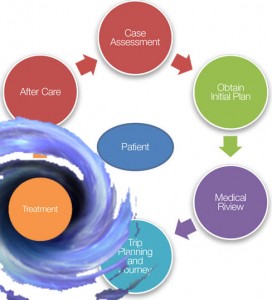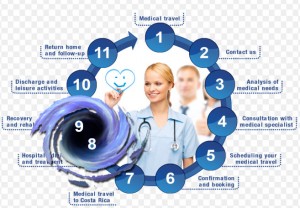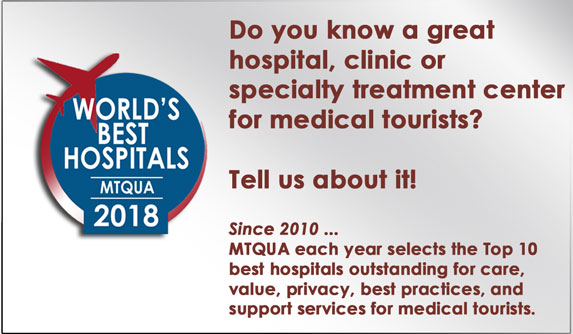 Medical tourism is at a crossroads.
Medical tourism is at a crossroads.
The medical tourism industry has failed to live up to its promise to medical travelers of delivering better quality treatment and care for anyone seeking to travel to a foreign country for health care.
As an industry, have we paid far too much attention to the tourism part of the name, and not enough to the medical part? Have we left medical travelers to fend for themselves?
Have we abandoned the medical tourist?
Medical tourism facts and figures
Tourism gauges success by the size and scope of the industry, identifying the top destinations, comparing growth rates, measuring the contribution of medical tourism to Gross Domestic Product, and other Big Data facts and figures that might demonstrate success and economic potential.
These are the facts and figures that can be identified and counted, and thus are the numbers government departments and ministries can use to show growth and success. For more growth and success, governments put more money into more promotion, more and better publicity and more and better marketing of a destination and its features.
Notwithstanding that most of the figures used to describe the industry are flawed and based on questionable assumptions, these are also the numbers we use to measure the growth and success of medical tourism. Even the most outrageous data based on misinformed assumptions and poor definitions continue to appear in scholarly research and news reports.
By allowing tourism data and parameters to define the industry, we have overlooked or neglected to develop, collect, and promote more meaningful data such as health care outcomes, infection rates, etc.
Non-clinical factors affecting medical tourist patient outcomes
As an industry, we have neglected to develop a better understanding of the non-clinical issues in medical and health care that affect patient outcomes. Research is showing that these non-clinical issues can significantly impact the safety and outcome of a procedure, improve the patient’s experience of the event, and increase the patient’s overall satisfaction.
The MTQUA medical tourism certification program whether for clinical providers (hospitals, clinics, etc.) or non-clinical support services (facilitators, agencies, care managers, recovery resorts, etc.) provides a greater understanding of the many non-clinical issues that affect outcomes for the patient as medical traveler, and how to manage these issues.
Medical tourist’s patient journey
The patient journey for a medical traveler is longer and more complex than that of an ordinary patient. A medical traveler’s patient journey involves most if not all of the following events, and others not stated here.
- Visit to a local agent or referrer
- Travel planning
- Arrival at destination and orientation
- First medical visit
- Admission to hospital (if in-patient)
- Preparation for treatment
- Treatment and primary recovery
- Discharge from hospital (if in-patient)
- Clearance from doctor
- Continuing recovery
- Return home
- Continuing outcome monitoring
- Closure
Unfortunately, the tourism model of medical tourism concentrates on the first three events, and the return home. Most facilitators, care services, agencies, referrers, etc. treat the other events of the medical traveler’s journey as a black hole which the patient enters alone.



The medical model would not leave medical travelers on their own but would be a world of care in which facilitators, as medical tourism professionals, as health care workers or paraprofessionals, would know about the non-clinical issues in medical and health care that affect patient outcomes, and be partners with providers to help deliver better better quality treatment and care for medical travelers.

 >
>